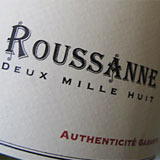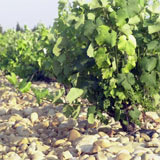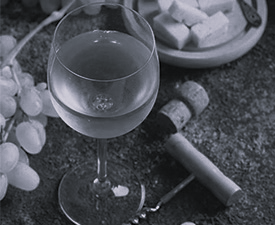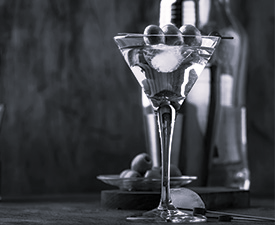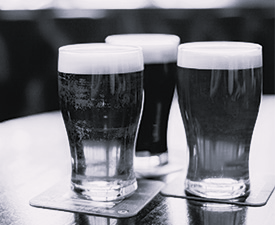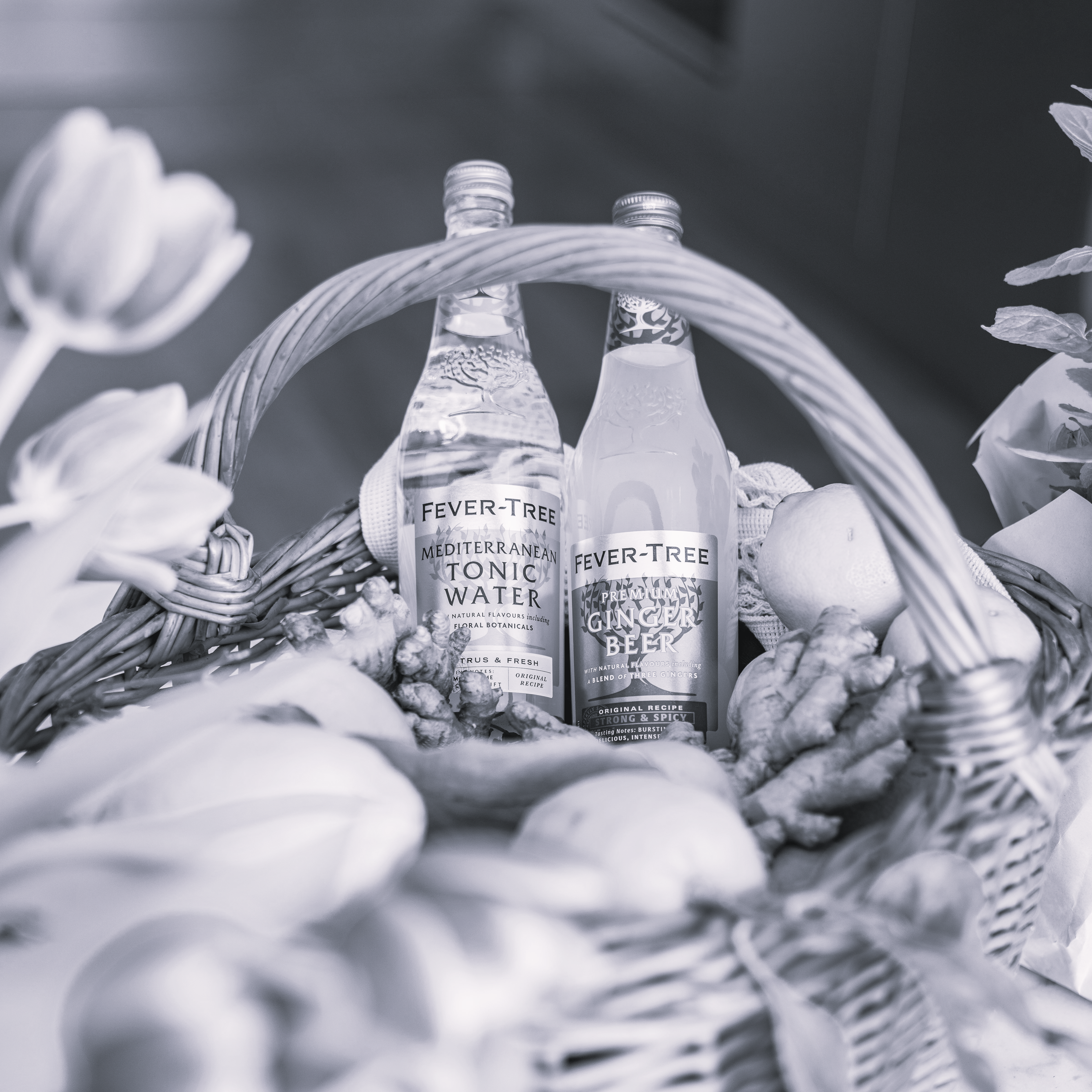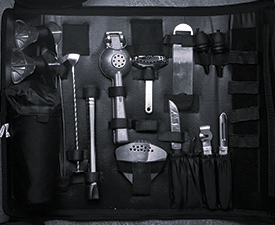Roussanne is a white wine grape originally grown in the northern Rhone wine region of France, where it is often blended with Marsanne. It is the only other white variety, besides Marsanne, allowed in the northern Rhone appellations of Crozes-Hermitage AOC, Hermitage AOC and Saint-Joseph AOC. In the southern Rhone appellation of Chateauneuf-du-Pape AOC it is one of six white grapes allowed. The Chateauneuf-du-Pape appellation also allows Roussanne to be blended into red wines.
The grape is also planted in various wine-growing regions around the world, such as California, Washington as well as European regions such as Crete, Tuscany and Spain. In Australia it is believed to have been brought to be blended with Shiraz, as records dating back to 1882 have noted the presence of Roussanne plantings in Victoria.
The grape berries are distinguished by their russet colour when ripe - roux is French for the reddish brown colour russet, and is probably the origin for the variety's name. In warm climates, it produces wines of richness, with flavours of honey and pear, and full body. In cooler climates it is more floral and more delicate, with higher acidity. In many regions, it is a difficult variety to grow, vulnerable to mildew, poor resistance to drought and wind, late, uneven ripening and irregular yields. The Roussanne grape prefers a long growing season but should be harvested before the potential alcohol reaches 14% which would result in a finished wine being out of balance, the wine can also benefit from a controlled use of oak.
Wines made from Roussanne are characterized by their intense aromatics which can include herbal notes. In its youth it shows more floral, herbal and fruit notes, such as pear, which become more nutty as the wine ages. Roussanne wines and Roussanne dominated blends can show well in the first 3 to 4 years of their youth before entering a 'quiet phase' where the wine is closed aromatically until the wine reaches 7 or 8 years when it develops more complexity and depth.

